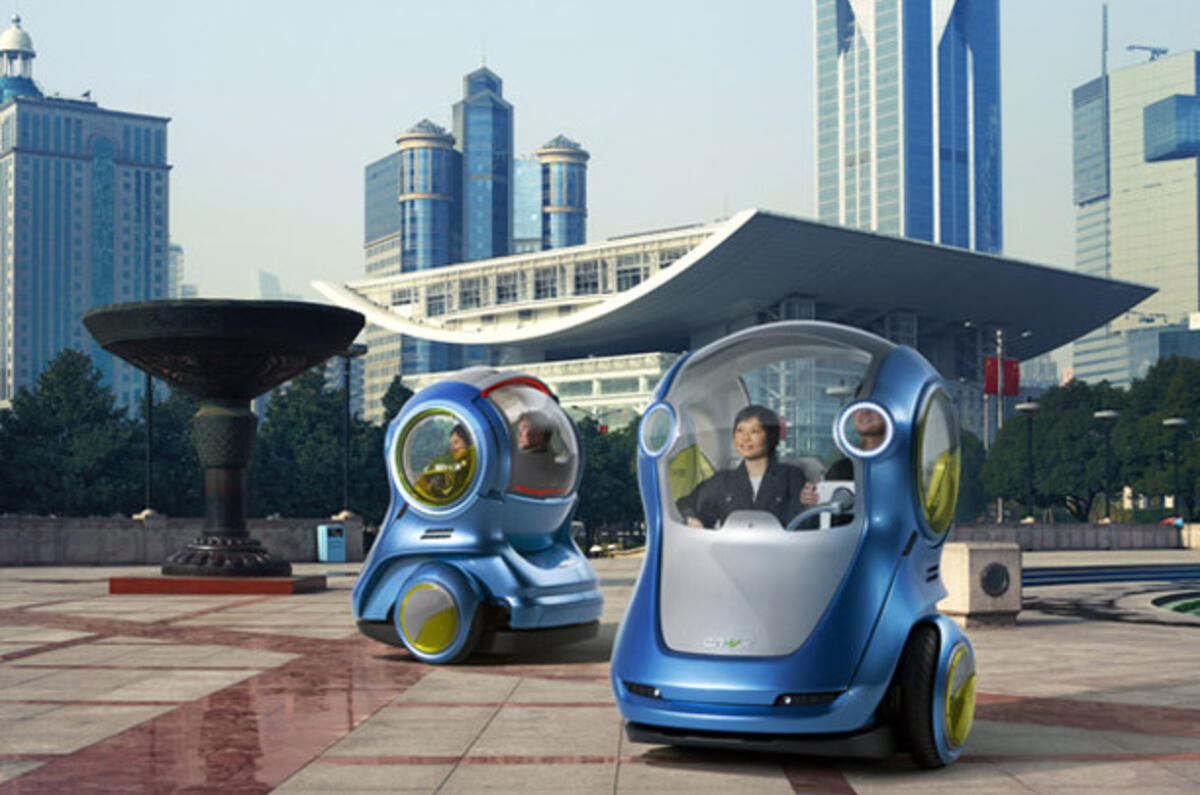When General Motors’ advanced technology supremo, Larry Burns, retired last year, Alan Taub was the man who stepped up to take control of GM’s global R&D division.
He joined GM in 2001, having been a specialist in crash safety and materials engineering for Ford and, before that, spending 15 years in R&D for General Electric. Here, he answers our questions about GM’s latest efforts in the technological avant-garde.
You’ve just introduced the EN-V, a two-wheeled electric city car concept that’s supposed to be impossible to crash. Could you ever put it into production?
The EN-V is designed to surprise people — to really make them consider how car-to-car communications, powertrain electrification and autonomous driving technology could change the cars we drive. It’s not really designed for the road but to do 30 indoor demonstration shows a day at the Shanghai World Expo 2010.
It shows what’s possible within 20 years, more than what’s probable. Still, something very like the EN-V could become a common sight in the megacities of the future. If we’re going to avoid terminal gridlock, let alone environmental meltdown, we’ll need cars like this.
See pics of the GM EN-V concepts
Will autonomous cars actually work on real-world roads?
Not in isolation. It will take metropolitan and national government legislation to make inner-city zones accessible only to autonomous cars to really see the safety benefits of the technology. But I believe that will happen. One million people die in road traffic accidents every year around the world, and autonomous driving technology, working in tandem with car-to-car networking, could drastically reduce that figure.
Won’t it eventually make drivers totally redundant?
Not in our plan. I love driving, and I know that GM isn’t going to stop catering for driving enthusiasts. But I also know that there are times when you’d rather not drive. And you only have to look around at traffic lights to see people texting or emailing at the wheel. These people already see driving as the distraction.
What kind of cars should we expect to follow the Volt and Ampera in GM’s E-REV series?
With battery technology as it currently stands, extended-range vehicles that are larger than the Volt — luxury saloons, trucks and SUVs — aren’t really possible; they would simply be too heavy to be efficient. For those types of cars, fuel cells and biofuels are the future. Ironically enough, the E-REV powertrain won’t really package in a much smaller car than the Volt, either. So expect them all to be between four and five metres long.
























Join the debate
Add your comment
Re: GM: 'combustion engines will die'
I think an Italian citizen posted on the referenced blog that he was paying a slightly higher amount. No “fighting in the streets” Fuzzybear? OK I feel better now that I had my obligatory Who reference; I guess the Stones “Street Fighting Man” could work as well.
Re: GM: 'combustion engines will die'
P45 for the gentleman at the front with the suit.
Re: GM: 'combustion engines will die'
Not all problems, but it doesn’t hurt.
I guess we could always convert to your method, whining and ineffectual protest.
Taxes drive gas prices to over $7 a gallon in UK, mass boycott coming soon